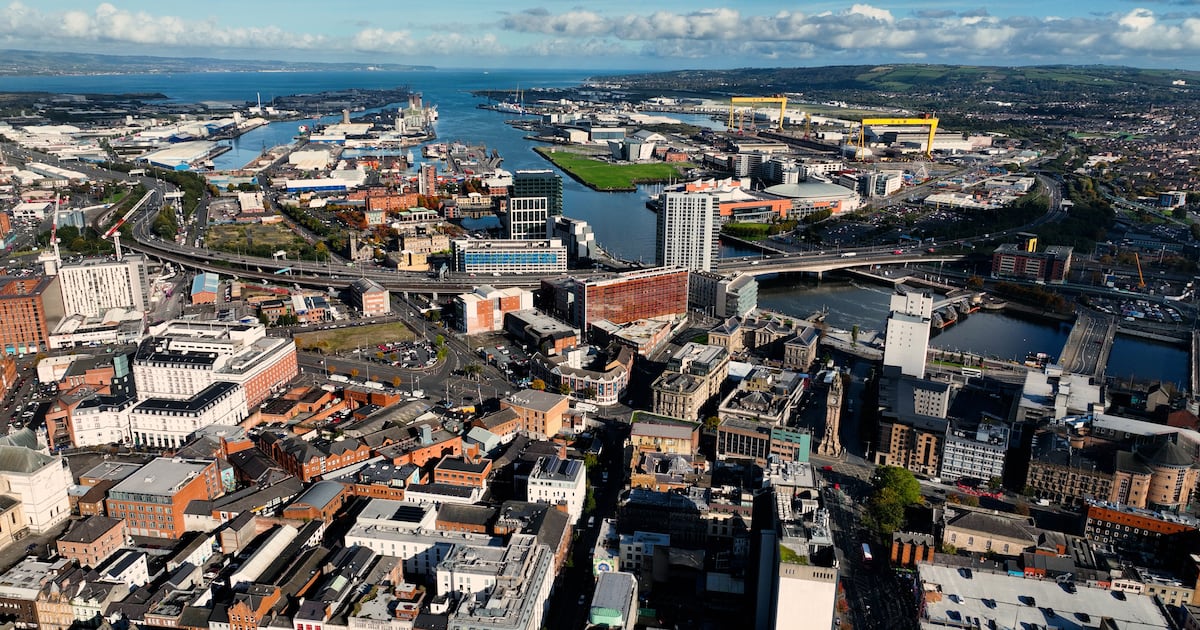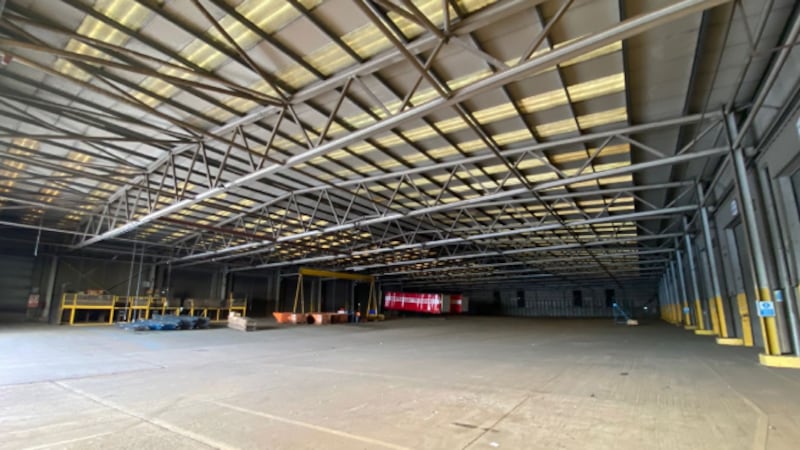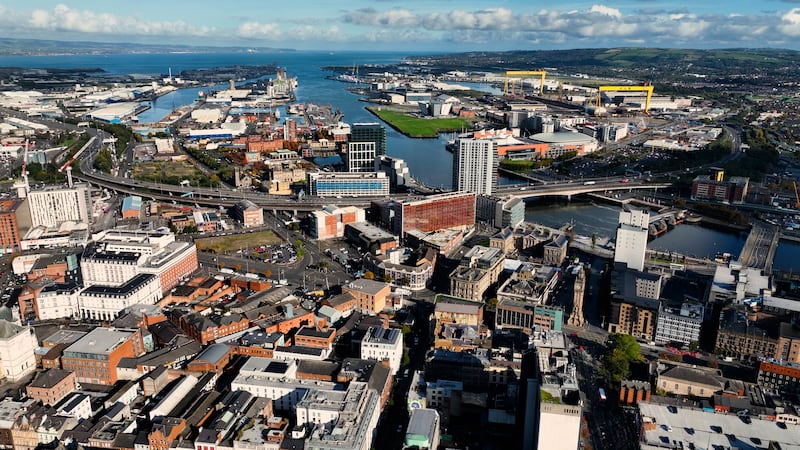The Northern Ireland economy should growth by 1.3% this year, services giant EY has said.
The latest Autumn Economic Eye from the business services group has forecast growth in the north will slow to 1.2% in 2026.
It’s a slightly more optimistic outlook than Danske Bank’s recent forecast, which predicted just 1.1% growth for this year.
It follows the latest Composite Economic Index from Nisra, which revealed economic activity in Northern Ireland expanded by 2% between the first and second quarters of 2025.
Despite the impact of higher costs for employers from April, the official government-endorsed data showed the north’s economy grew 3.5% over the year ending June 2025.
Rob Heron EY Managing Partner. PICTURE: COLM LENAGHAN
The index showed the services sector remained the main growth driver in Northern Ireland, but all six sub-indices reflected growth in the three months to June.
Commenting on the EY forecast, the group’s managing partner in the north, Rob Heron, said: “It’s good to see that economic growth is in prospect for Northern Ireland, bringing more employment.
“Workforce jobs in the region hit an all-time high in the second quarter of this year, but there is no room for complacency, especially around skills.
“As we look to the future, a sustained policy focus on meeting evolving needs will be needed, particularly for skills that support the digital and green transitions.”
But EY’s latest analysis has once again exposed the glaring disparity in economic growth on either side of the border.
It anticipates modified domestic demand (MDD) in the Republic will grow by 3.2% in 2025, easing to 2.6% next year.
The impact of multinational companies on the Republic’s headline gross domestic demand (GDP) figures, means MDD is considered a more accurate measure of economic growth.
EY forecast GDP will rise by 9% across the border in 2025, easing to 3.3% in 2026.
Employment is expected to grow by 2.2% this year in the Republic, easing to 1.8% next year.
EY expects inflation will hold at 2% in the Republic across this year and next.
Chief economist at EY Ireland, Dr Loretta O’Sullivan said: “The Irish economy is navigating current complexities from a position of strength.
“The labour market is healthy, which is an important confidence factor for consumer spending, and additional funding for public capital projects will support investment over the coming years. “Geopolitical tensions and the new tariff landscape are changing the operating environment for many businesses, however.
“And while the EU-US framework agreement provides a modicum of certainty for exporters amid all the global flux, the longer-term trend towards trade fragmentation is a challenge for Ireland’s economic model.”


